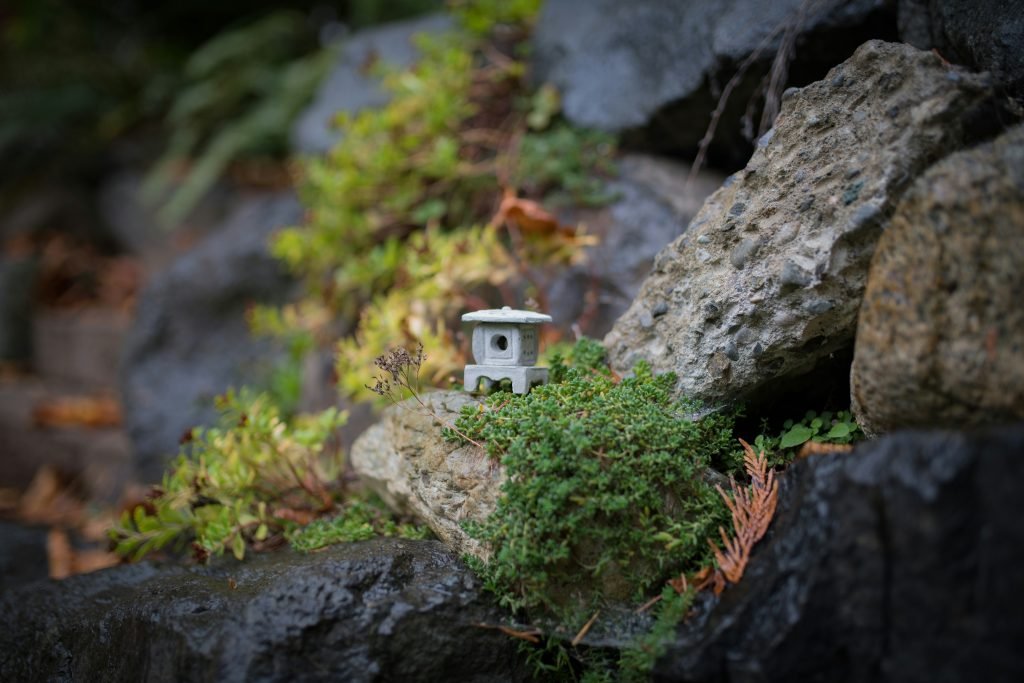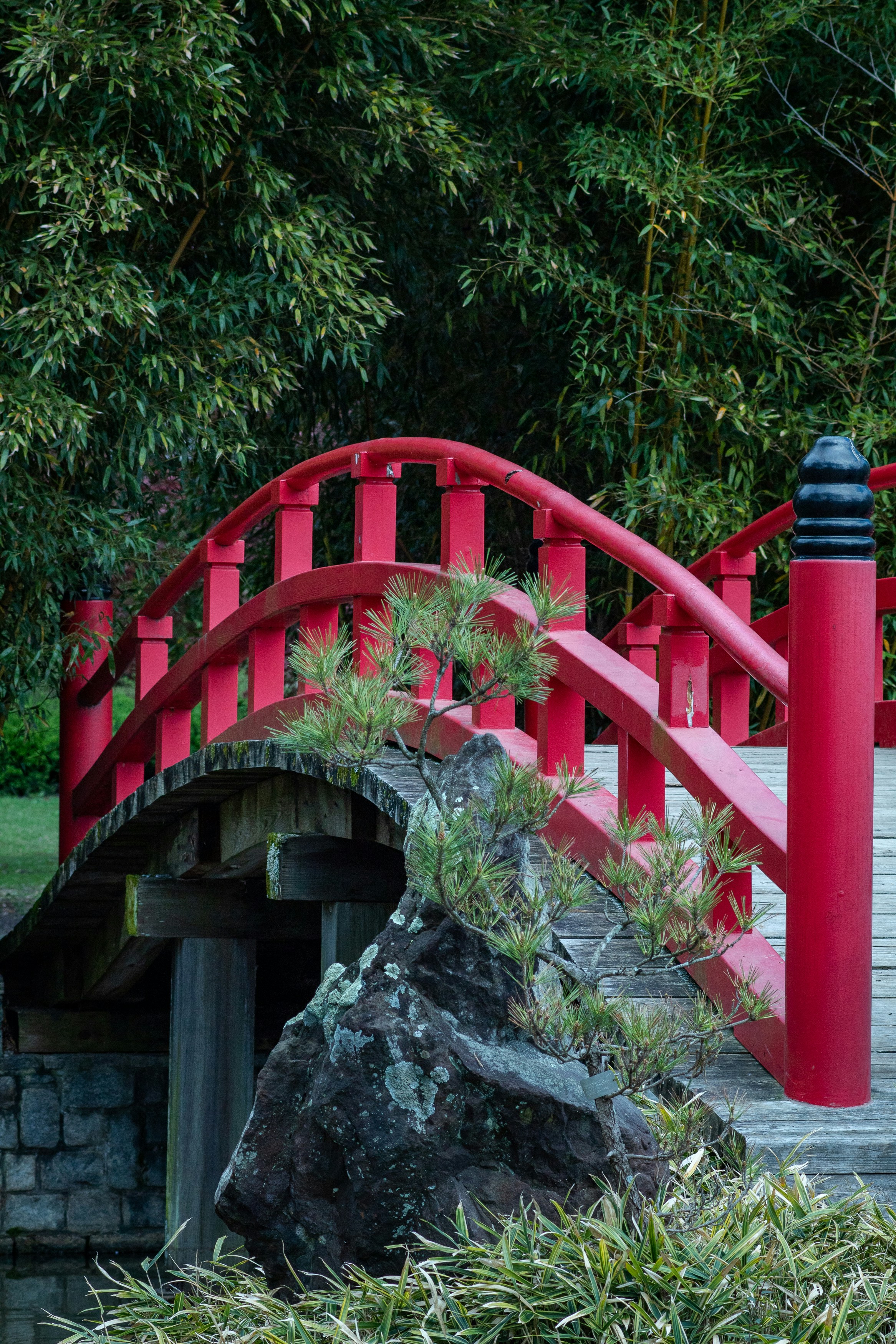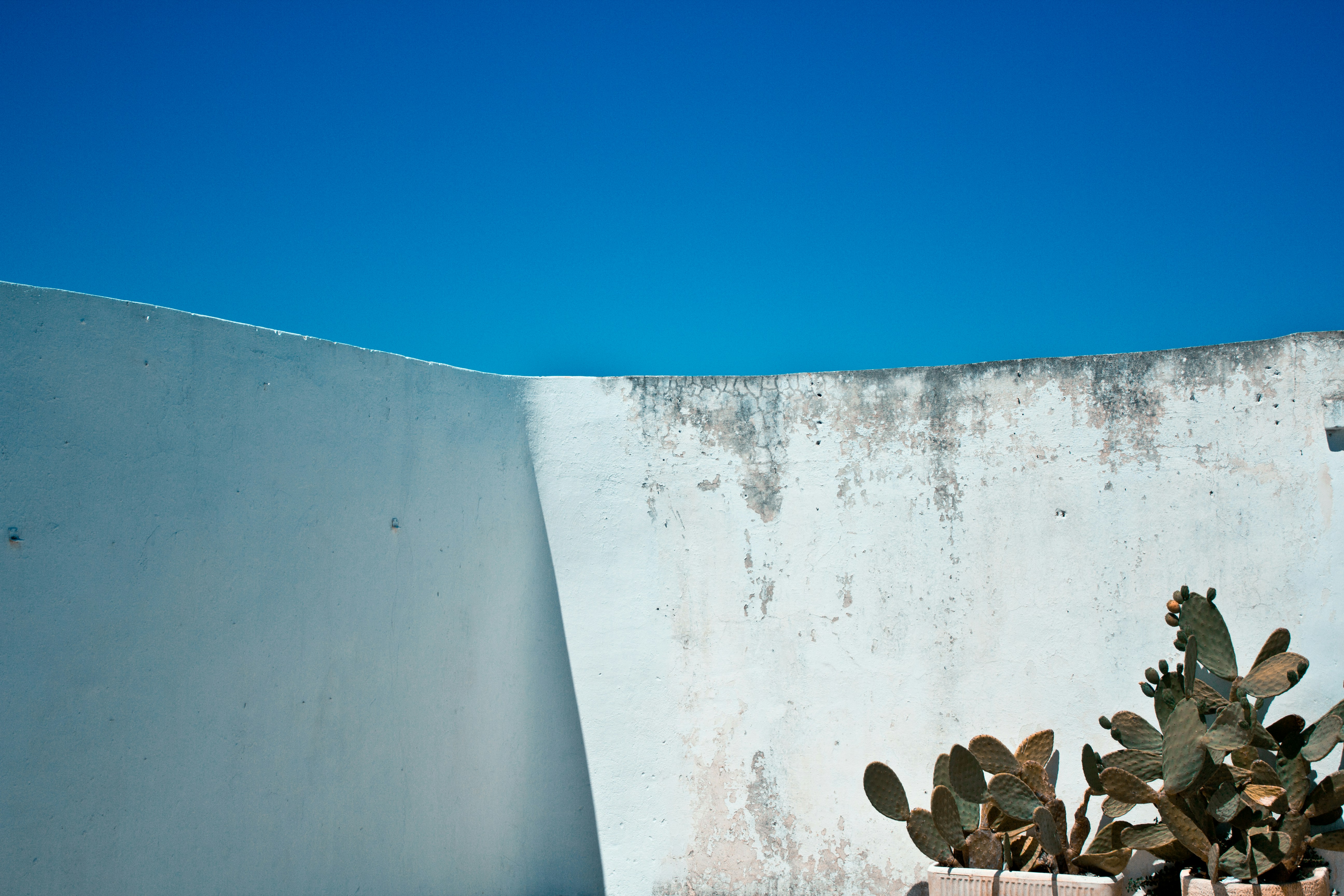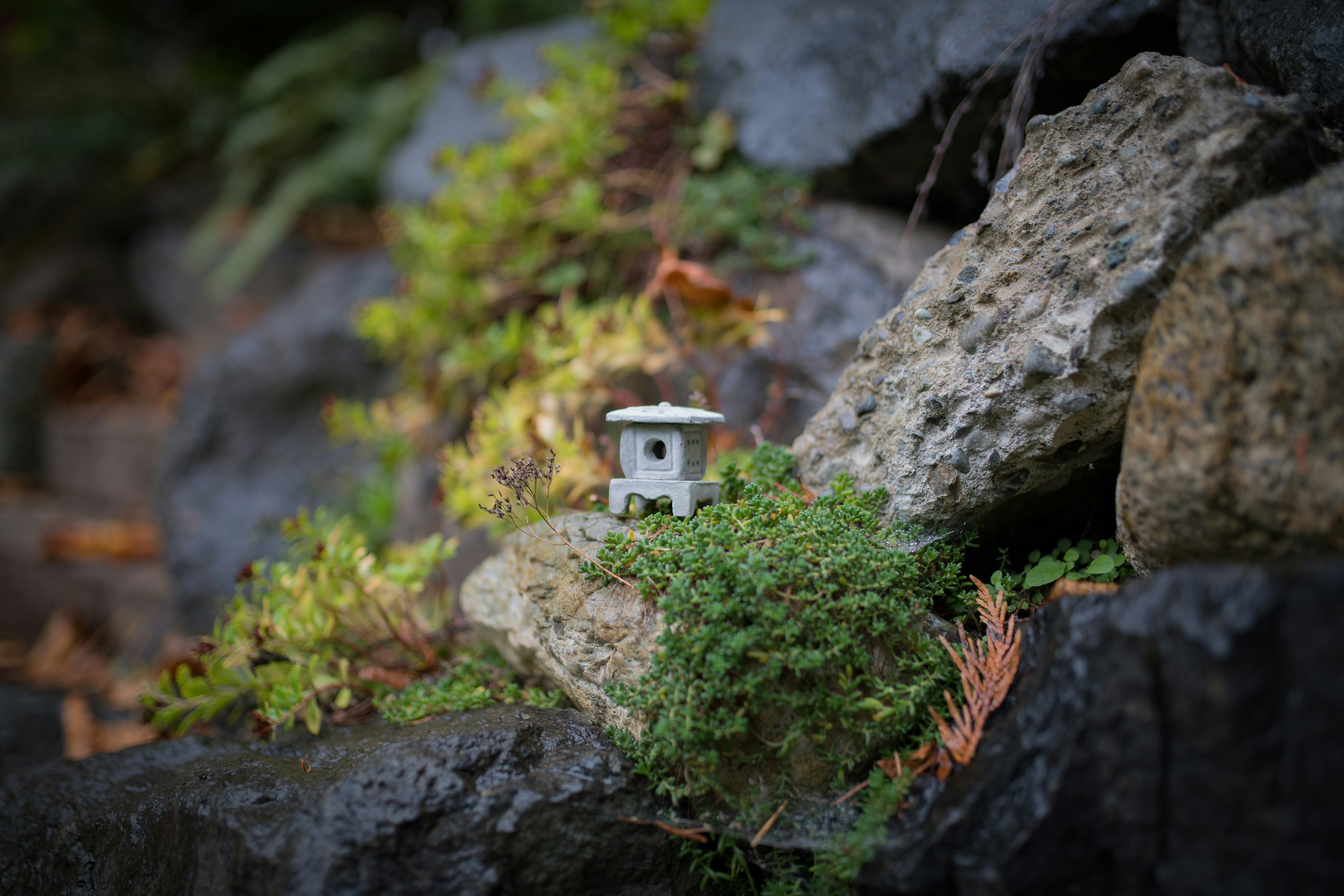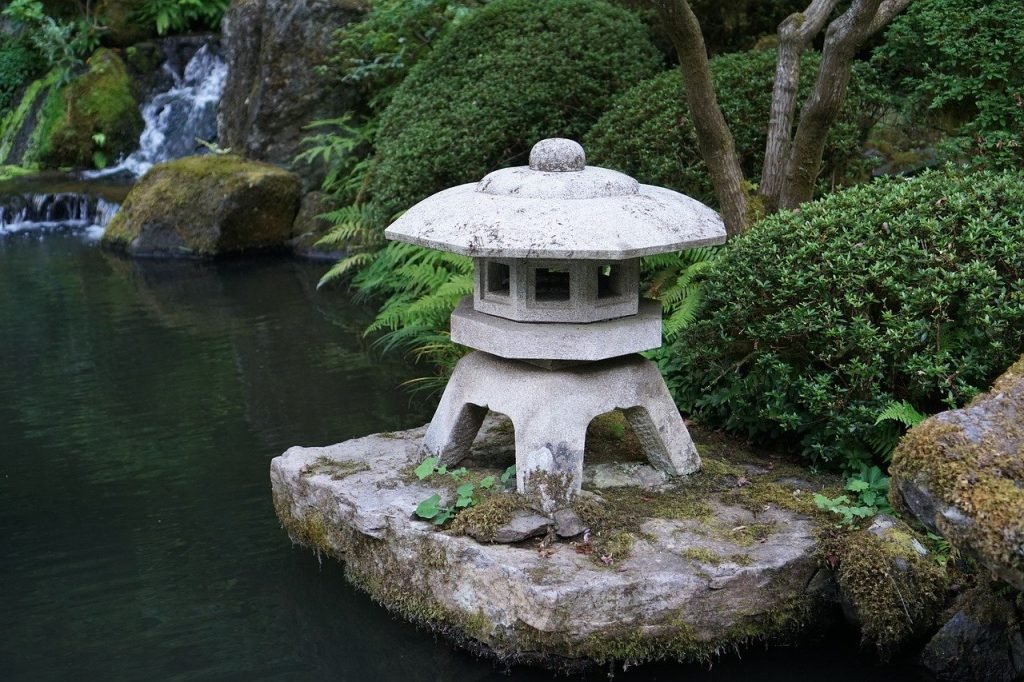Have you ever thought about creating a stunning rock garden in your yard? Picture yourself enjoying a gorgeous landscape filled with unique textures and colors, providing a lovely harmony between nature and your home. Selecting the right plants is essential to achieving that vision. In this guide, you’ll discover the best plants for rock gardens, and you’ll learn how to create a thriving, beautiful space that’s perfect for you.
This image is property of images.unsplash.com.
What Is a Rock Garden?
A rock garden, often called an alpine garden, is a landscape design that incorporates rocks, stones, and various plants to create a visually striking area in your yard. These gardens are not only appealing but can also be low-maintenance when designed correctly. The plants you choose should withstand drought, thrive in rocky soil, and complement the overall aesthetic of the garden.
Benefits of Rock Gardens
Creating a rock garden comes with numerous benefits that can enhance your outdoor space:
-
Low Maintenance: Once established, rock gardens require minimal upkeep. Many of the suitable plants are drought-resistant and need little watering or fertilization.
-
Soil Erosion Control: The rocks create a stable surface that helps prevent soil erosion, making them ideal for sloped areas.
-
Visual Appeal: The various heights, colors, and textures of rocks paired with plants can transform an ordinary yard into a stunning focal point.
-
Biodiversity: A rock garden can attract a variety of wildlife, including butterflies, bees, and birds, offering essential habitats and food sources.
-
Use of Unused Space: If you have rocky or uneven terrain, a rock garden creatively utilizes those areas that might otherwise be difficult to manage.
Key Considerations for Plant Selection
When selecting plants for your rock garden, keep a few key factors in mind. By understanding these elements, you’ll be better equipped to choose the right species for your specific space.
Climate
The climate in your area significantly influences plant selection. Be sure to choose plants that thrive in your local conditions, including temperature, humidity, and rainfall.
Soil Type
Rock gardens typically have poor soil that has good drainage characteristics. Analyzing your soil type will allow you to select plants that can thrive without the luxurious nutrients found in traditional garden beds.
Light Conditions
Consider the amount of sunlight your rock garden will receive throughout the day. Some plants prefer full sun, while others flourish in partial shade. Understanding light conditions is essential for creating a balanced garden.
Growth Habit and Size
Choosing plants that complement each other in terms of growth habit and size will help create a harmonious look in your rock garden. Be mindful of how tall or wide a plant can grow and its eventual impact on neighboring plants.
The Best Plants for Rock Gardens
Now that you have a foundation for your rock garden let’s delve into the best plants suited for this style.
Succulents
Succulents are perfect for rock gardens due to their ability to store water. They come in various forms, colors, and sizes, adding diversity to your landscape.
Common succulents for rock gardens:
| Plant Name | Description |
|---|---|
| Sedum | Low-growing, resilient, and drought-tolerant. |
| Sempervivum | Also known as hen and chicks, this plant forms rosettes and thrives in rocky conditions. |
| Echeveria | Popular for their rosette shape and vibrant colors. |
Alpine Plants
Alpine plants are hardy, often growing in harsh mountainous regions. These plants can withstand varying temperatures and thrive in rocky environments.
Favorite alpine plants:
| Plant Name | Description |
|---|---|
| Dianthus | Known for fragrant flowers and tolerance to poor soils. |
| Lewisia | Produces colorful blooms and prefers sandy soil. |
| Androsace | Forms mats of green foliage, suitable for sunny spots. |
Perennials
Perennial plants can live for several years, making them an excellent choice for rock gardens. They come back season after season, providing a steady display of color.
Popular perennial options:
| Plant Name | Description |
|---|---|
| Phlox | Delicate flowers with vibrant colors. |
| Ajuga | Ground cover with attractive foliage and blooms. |
| Campanula | Bell-shaped flowers that can trail over rocks. |
Ground Covers
Ground cover plants are perfect for filling spaces in your rock garden while preventing weeds from taking hold. They are typically low-growing and spread easily.
Effective ground covers:
| Plant Name | Description |
|---|---|
| Creeping thyme | Aromatic foliage and lovely purple flowers. |
| Moss phlox | Forms a mat of green with seasonal blooms. |
| Native fescue grasses | Provides texture and is low-maintenance. |
Ornamental Grasses
Ornamental grasses introduce movement and texture to your rock garden. They can provide a delicate contrast against the solid structure of rocks.
Top choices for ornamental grasses:
| Plant Name | Description |
|---|---|
| Blue fescue | Striking blue-green foliage. |
| Carex (sedge) | Tolerates shade and moist conditions. |
| Panicum (switchgrass) | Tall and bright with feathery seedheads. |
Ferns
Ferns can add a unique touch to your rock garden, especially in shadier locations. They thrive in moist, well-drained soil, making them excellent companions for many rocky areas.
Ferns to consider:
| Plant Name | Description |
|---|---|
| Maidenhair fern | Delicate leaves that gracefully arch. |
| Christmas fern | Evergreen and hardy, with lush foliage. |
| Japanese painted fern | Striking coloration and intricate fronds. |
This image is property of images.unsplash.com.
Designing Your Rock Garden
Once you’ve chosen the plants for your rock garden, the next step is to design the layout. This is where you can express your creativity and bring your vision to life.
Selecting the Site
Choose a well-draining area in your yard that receives an adequate amount of sunlight and matches your chosen plant’s requirements.
Creating Levels and Hiding Soil
Start by layering rocks to create elevations in your design. This adds depth and interest while hiding soil from view. Vary the sizes and shapes of the rocks for a natural appearance.
Arranging Your Plants
When arranging your plants, consider their height and growth habits. Place taller plants in the back or towards the center of the garden for a tiered effect, while shorter plants can fill in around the front or edges.
Watering and Maintenance
Once your rock garden is established, you won’t need to water it as frequently. However, during the first few weeks after planting, ensure your plants receive adequate moisture to help them get established. After that, monitor their needs, particularly during dry spells.
Enhancing Your Rock Garden with Additional Elements
While plants and rocks constitute the main components of your garden, adding some extra touches can make it even more inviting.
Decorative Stones and Gravel
Incorporating decorative stones or gravel not only enhances the visual appeal but can also support drainage. Choose colors and sizes that harmonize with your overall design.
Driftwood or logs
Incorporating driftwood or logs can create natural focal points, offering a nice contrast to the other elements in your rock garden.
Water Features
If space allows, consider adding a small pond or water feature. The sound of water can create a calming ambiance, and it can attract wildlife.
Pathways
Creating pathways with flat stones or gravel can help guide visitors through your rock garden. These paths prevent soil compaction and make maintenance easier.
This image is property of images.unsplash.com.
Conclusion
Constructing a rock garden is a fulfilling project, and it allows you to bring beauty to your outdoor space with minimal maintenance. Your selection of plants plays a crucial role in determining how successful your garden will become. With all the information provided here, you’ll be well on your way to creating a thriving rock garden filled with fabulous plants that will flourish for years.
Imagine yourself sitting in your beautifully arranged rock garden, enjoying the colors and textures while connecting with nature. With patience and care, your rock garden will become a vibrant retreat that constantly renews your spirit. So, why not take the plunge and start your rock garden journey? The possibilities are endless!

